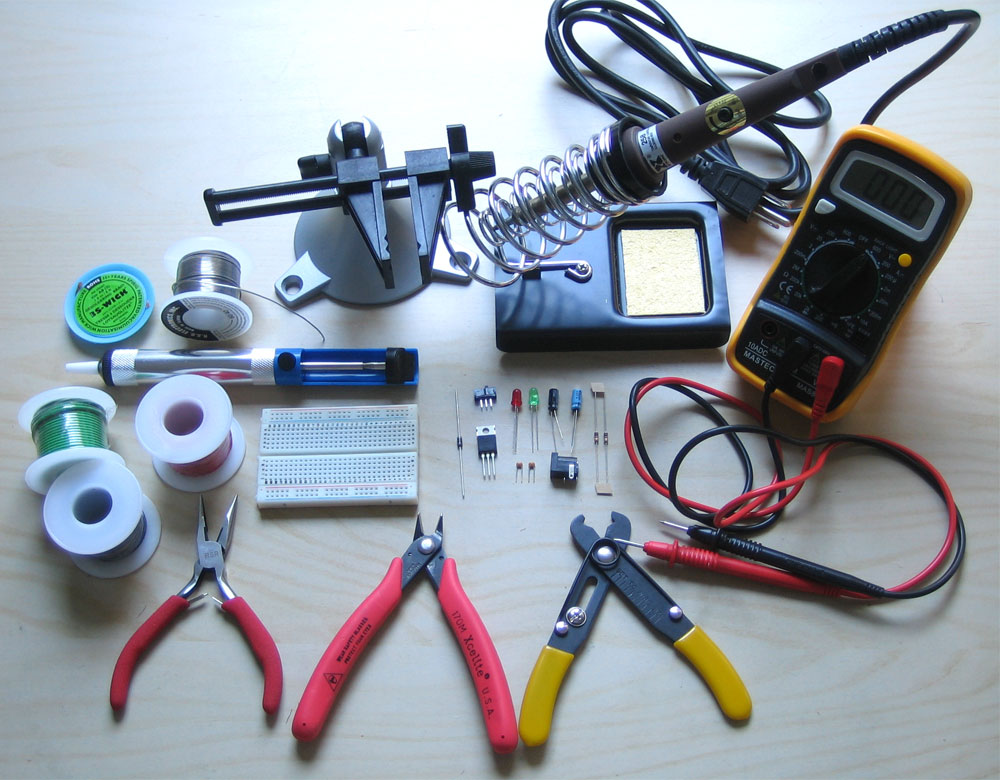Last week we saw Cory Johnson of Bloomberg interviewing Akamai’s CEO, Tom Leighton, about the trend toward organizations going in-house with building their own content delivery networks (DIY CDNs). Ultimately this means that companies are taking over a larger part of their traffic themselves.
Mr Leighton says that he is not worried for the future, citing the fact that their largest customers have already been using DIY CDNs for ten years. That may be true, but the world has changed quite a lot over that past ten years and so have the requirements for content distribution.
What worked ten years ago
Ten years ago it was fine to have CDNs caching content and allowing an update time of 10-60 minutes before you could be sure that all your servers had received updated content. Today it is not. You have to be able to update all content in your CDN within milliseconds if you are aiming at running a true online business. Any technical limitations will hamper both your ability to pursue business development opportunities and customer expectations. And that does not fly in 2015.
Ten years ago launching your own CDN was not something anyone could do. It was rocket science. Today, most organizations are able to launch their own CDN from scratch, based on standard components and resources in the cloud in a matter of days, or even hours if they have done some preparation.
Ten years ago the requirement was to be able distribute all your static content out to every corner of the world to get as close to your users as possible. With increasing traffic and the number of edge CDN users who may get significant traffic to their origin servers, using this traditional approach today can be very expensive.
Why would you want to build your own CDN?
There are three factors that might make it compelling to build your own CDN. The obvious one is cost. As traffic costs have plummeted CDN pricing hasn’t quite been able to follow. This is especially true if you want features, such as TLS (transport layer security) or WAF (web application firewalls) in your distribution.
The second factor is control. With a public CDN you rely on someone else’s infrastructure to deliver your content. We commonly see content that is very proprietary in nature. Internal training videos, car firmware, app content, etc. Public CDNs are designed to distribute content to the public. Within your own CDN architecture you’re free to set your own arbitrary rules deciding who has access to the content and who doesn’t.
The last factor is performance. With your own CDN you’ll be able to dedicate the resources needed to deliver the content in a high-performance manner. Do you want your content to always be served out of memory? With your own CDN you can do that.
Disrupting the way companies manage content distribution
There are a many different scenarios for which organizations may want to tailor the way they distribute digital content. Different requirements will continue to emerge, as we are now moving into the next phase of the digital revolution. Cost is, of course, a very important driver, needless to say, and with an increasing number of transactions on the internet combined with larger information objects being distributed, cost per transaction will matter even more.
At Varnish Software we expect that there will be at least 10,000 DIY CDNs in 2020. We plan to help and support organizations that want to use Varnish Software technology, whether they are public or internal CDNs and will make sure that their requirements are met. Already today Varnish is beginning to have a disruptive effect on content distribution on the internet. Expect a lot more.
Image is (C) Limor 2008 used with Creative Commons license.
/VS-logo-2020-197x60.png?width=136&height=60&name=VS-logo-2020-197x60.png)
